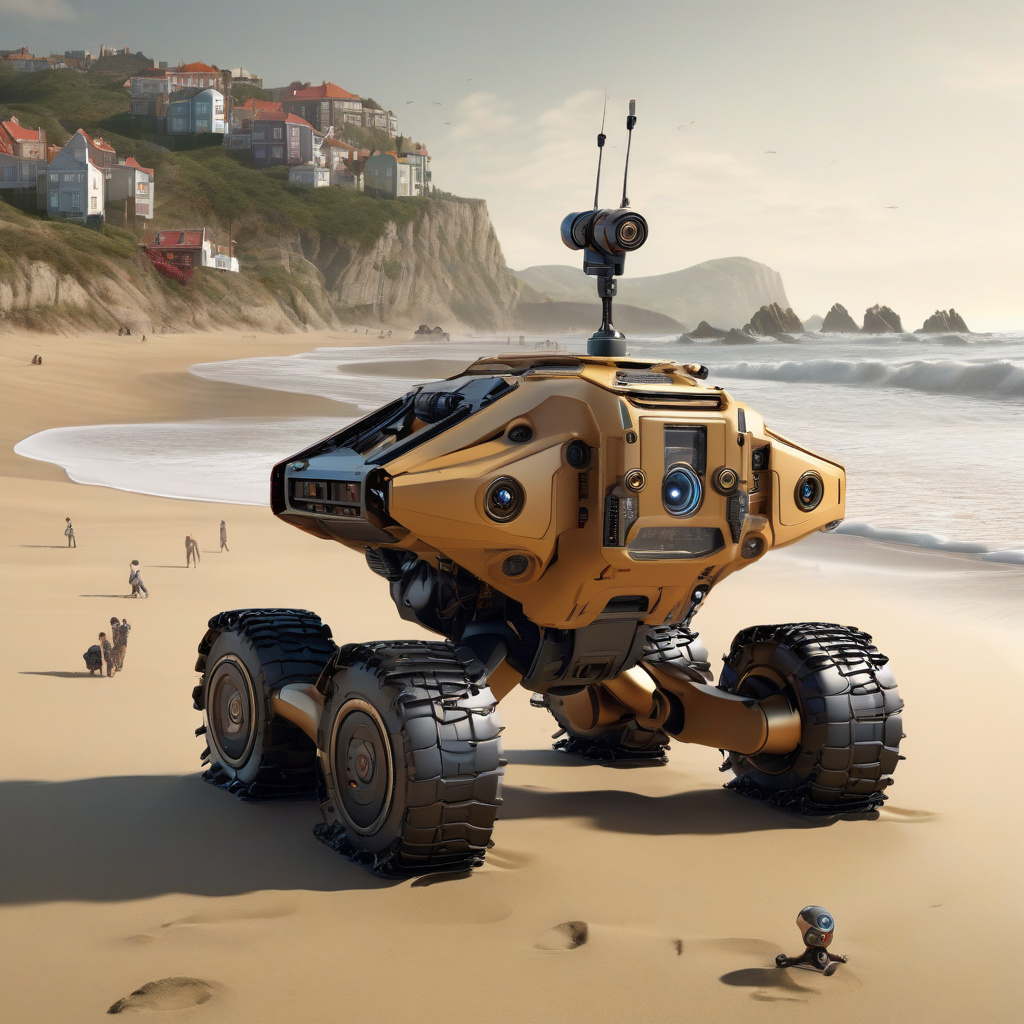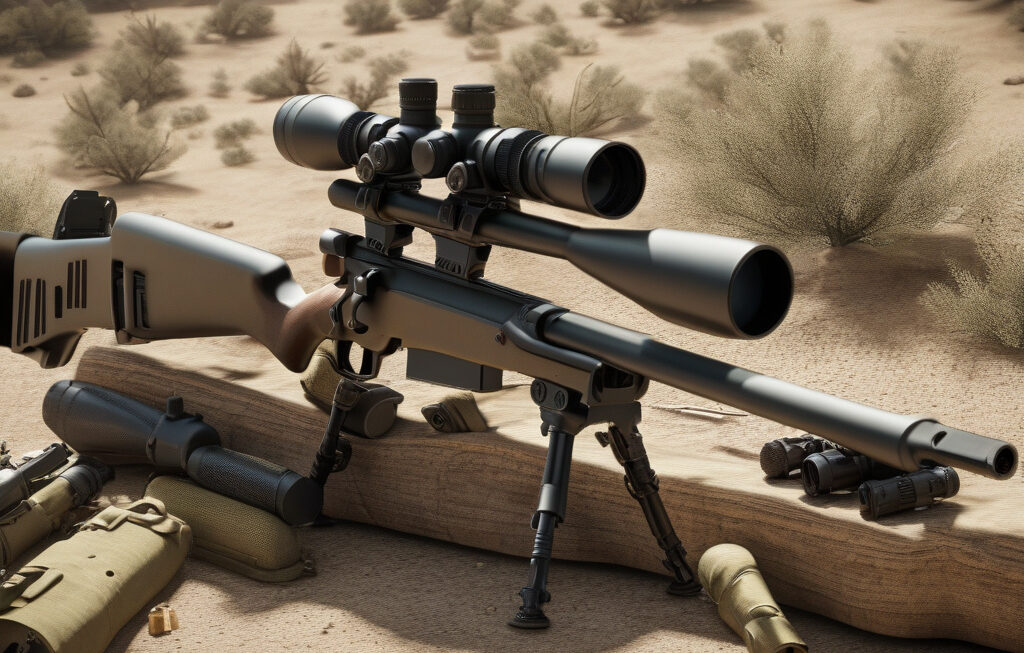Canadian Ground Robot Survives Atlantic Drop, Reaches Portuguese Shore Successfully
Rheinmetall Canada tested a Mission Master 2.0 unmanned ground vehicle by dropping it from a height of 10,000 feet into the Atlantic Ocean. This daring experiment was conducted to simulate a real-life scenario where the robot would be deployed from an aircraft and navigate to shore for a military operation. The results were nothing short of impressive, as the Canadian ground robot not only survived the free fall but also managed to reach the Portuguese shore successfully.
The Mission Master 2.0 is a versatile and rugged unmanned ground vehicle designed for a wide range of missions, including reconnaissance, surveillance, and target acquisition. Its ability to withstand extreme conditions and navigate challenging terrain makes it an invaluable asset for military operations. The recent test conducted by Rheinmetall Canada pushed the boundaries of what the robot is capable of, demonstrating its resilience and reliability in the face of adversity.
The decision to drop the Mission Master 2.0 into the Atlantic Ocean was a bold one, requiring precise planning and execution. The robot was equipped with flotation devices to ensure it remained buoyant after hitting the water, allowing it to navigate to shore autonomously. This test not only validated the robot’s durability but also showcased its advanced navigation capabilities, as it successfully made its way to the Portuguese coast despite the rough waters and strong currents.
One of the key takeaways from this experiment is the importance of testing autonomous systems in realistic scenarios to evaluate their performance accurately. By subjecting the Mission Master 2.0 to a challenging drop test, Rheinmetall Canada was able to gather valuable data on the robot’s behavior in high-stress situations, helping to refine its design and functionality for future missions.
The successful completion of this test highlights the growing capabilities of unmanned ground vehicles in modern warfare. As technology continues to advance, autonomous systems like the Mission Master 2.0 are playing an increasingly vital role in military operations, offering enhanced situational awareness and reducing the risk to human personnel.
In conclusion, the Canadian ground robot’s feat of surviving an Atlantic drop and reaching the Portuguese shore successfully is a testament to the ingenuity and resilience of modern military technology. Rheinmetall Canada’s bold experiment has not only showcased the capabilities of the Mission Master 2.0 unmanned ground vehicle but has also opened up new possibilities for its use in future missions. As autonomous systems continue to evolve, we can expect to see even more groundbreaking achievements in the field of military robotics.
robotics, militarytechnology, autonomousvehicles, innovation, missionmaster2.0












